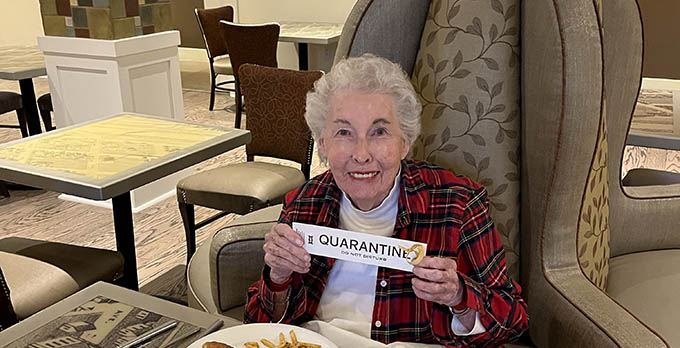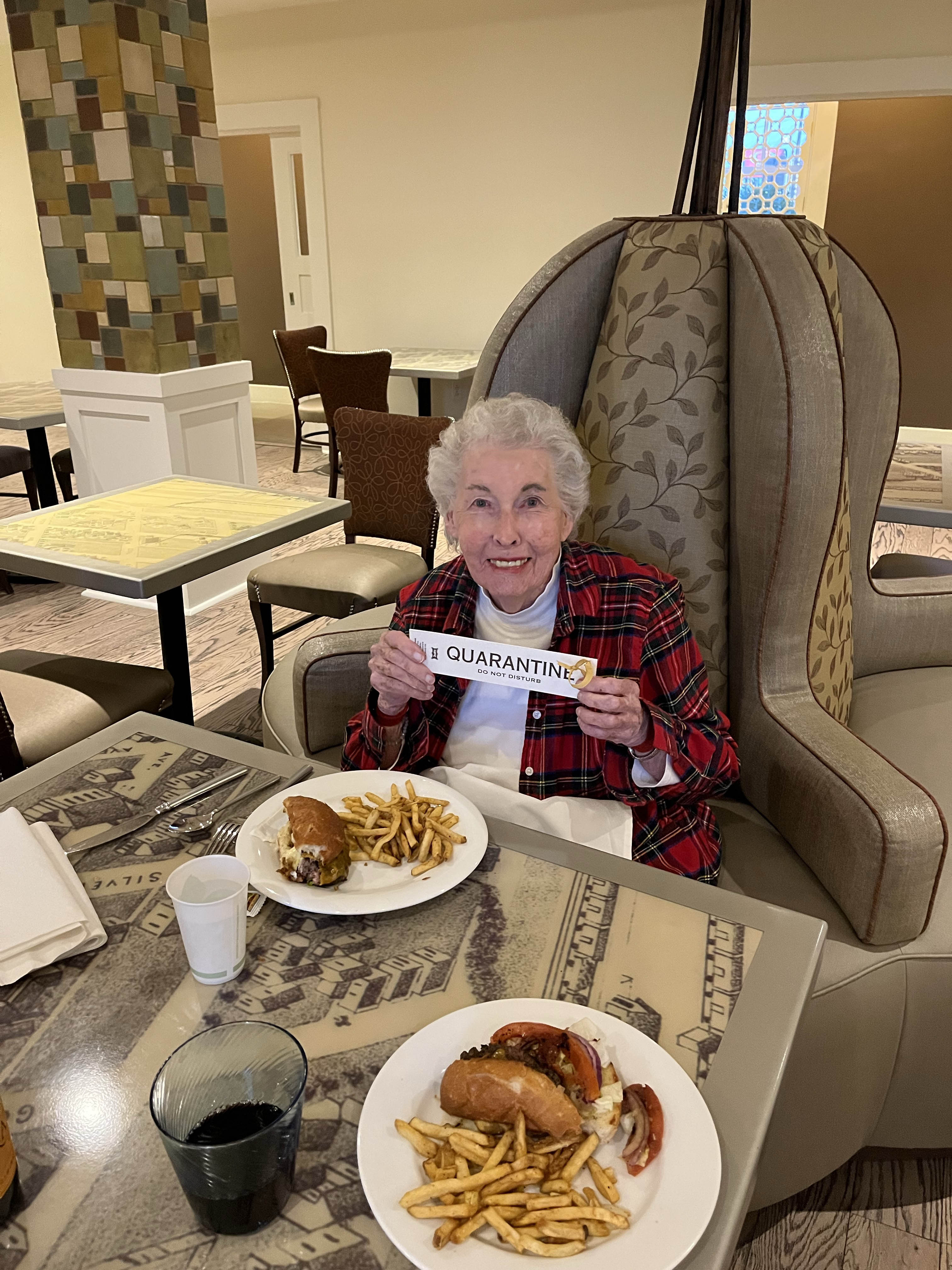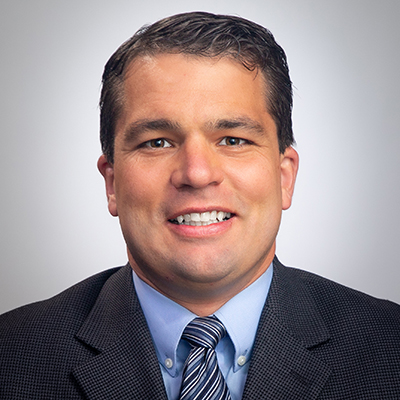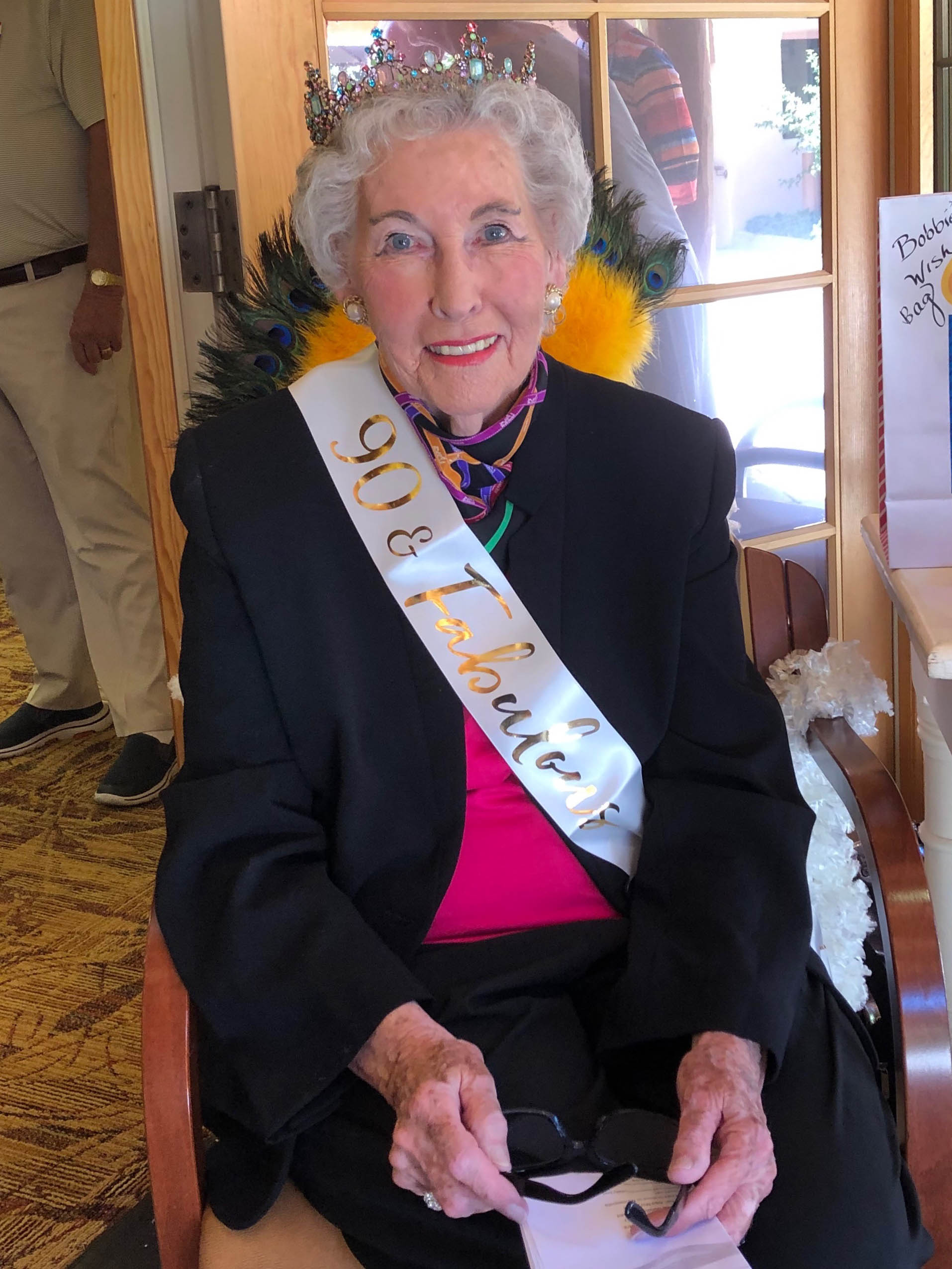 When Bobbie Smith moved into a Santa Fe independent living community, the retired schoolteacher embraced her retirement with gusto. “She’s one of these people who’s never sick, takes no medication and goes to the gym very day,” says her daughter, Robin Smith. “At 92½, that’s rare.”
When Bobbie Smith moved into a Santa Fe independent living community, the retired schoolteacher embraced her retirement with gusto. “She’s one of these people who’s never sick, takes no medication and goes to the gym very day,” says her daughter, Robin Smith. “At 92½, that’s rare.”
But over the holidays, there was a change. “I noticed something kind of weird with the syntax of her sentences,” Robin says. On the advice of some speech therapist friends, she took her mother to see a doctor.
An MRI ruled out stroke, Robin said, but a second MRI with an injectable agent to enhance contrast revealed the presence of a cancerous tumor. “They said it was pressing against an area of the brain that controls speech,” she said.
Within a couple of weeks Bobbie was referred to University of New Mexico neurosurgeon Christian Bowers. He prescribed a powerful steroid that would temporarily reverse her worsening speech symptoms and presented her with a daunting choice.
He could try to remove the tumor in an awake craniotomy, a delicate procedure in which a patient is kept alert, able to answer questions and move as directed while surgeons operate. “The other option is to not remove the tumor,” he told her. “If we do nothing, Bobbie, you’re quickly going to lose your ability to speak and write.”
“My mom slept on it one night and said, ‘I want to do it,’” Robin recalls.
On March 7 Bowers and his team opened a hole in Bobbie’s skull above the motor area to remove the tumor, and three days later she was discharged to a rehabilitation facility in Santa Fe.
“We found a tiny little corridor (through the brain) that wouldn’t sacrifice her ability to speak and we were able to safely remove the entire tumor,” he says. “She could not speak before surgery, then we did the surgery awake, and while she was still awake, she gained the ability to speak again as we were removing the tumor.”
She may have been the oldest patient ever to undergo an awake craniotomy, Bowers says. “We can’t find that it’s ever been done,” he says. “People have traditionally used age as a cutoff. You wouldn’t normally take a tumor out of a 93-year-old.”
Bowers says that when he joined the UNM faculty 18 months ago, he and Rohini McKee, MD, chief quality and safety officer at UNM Hospital, started meeting regarding their shared interest in frailty research, and she introduced him to a newer preoperative screening tool called a risk analysis index that not previously been used in neurosurgery. It gauges a patient’s frailty better than other metrics.
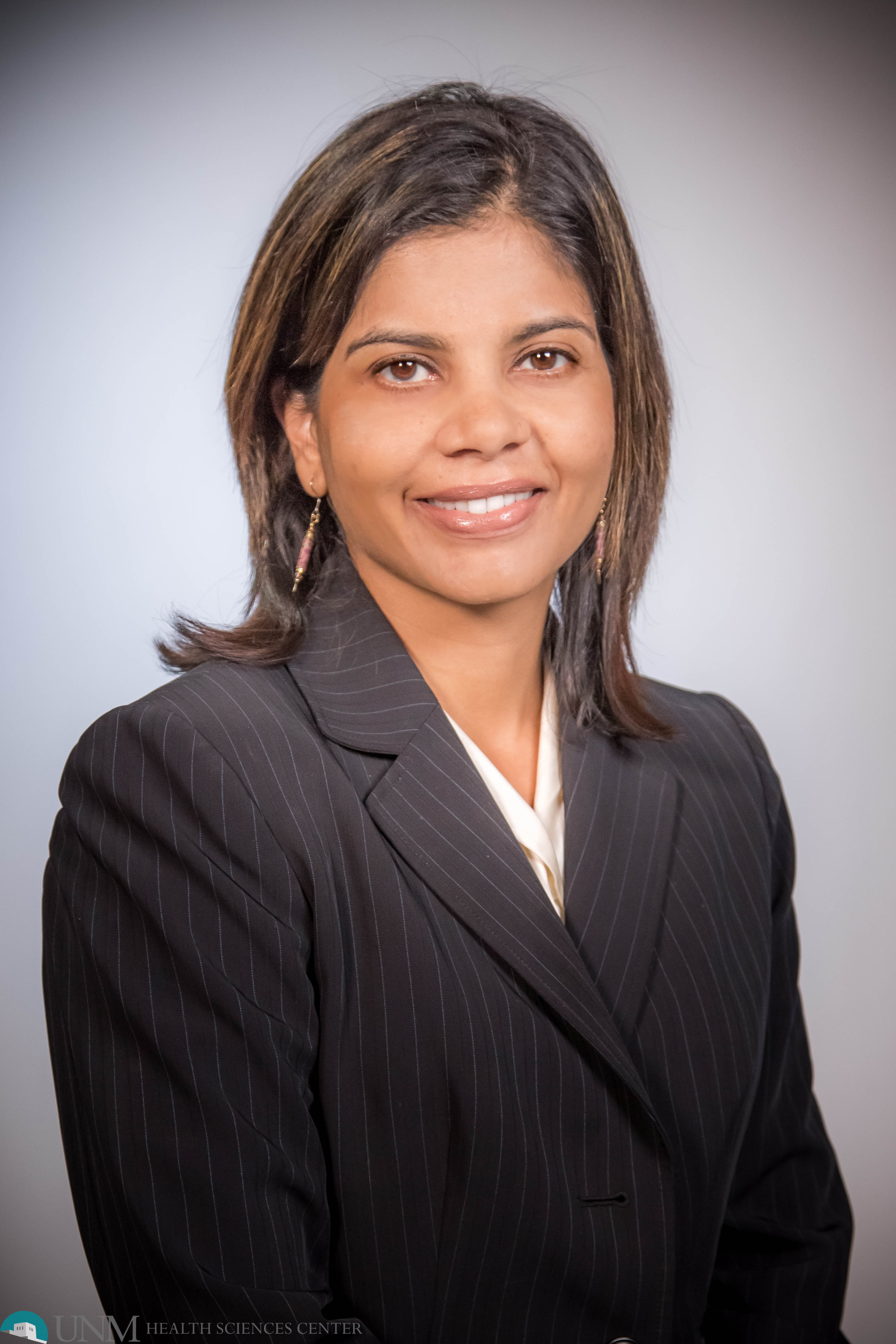
Frailty and chronologic age don’t always go hand in hand, we all know 80-year-olds who play tennis and golf and are robust. Chronological age is one factor, but it does not determine frailty in and of itself, and this is a great case to highlight that.
“Frailty and chronologic age don’t always go hand in hand,” McKee says. “We all know 80-year-olds who play tennis and golf and are robust. Chronological age is one factor, but it does not determine frailty in and of itself, and this is a great case to highlight that.”
McKee says the tool takes the guesswork out of surgical decision-making.
“Traditionally the way surgeons do risk assessments takes a lot of medical factors into account,” she says. “They will often tell you they do what’s called the ‘eyeball test.’ How did the patient look? The eyeball test has been shown to be about 50 percent accurate, so it’s really like you’re doing a toss of a coin.”
The risk assessment is meant to gauge a patient’s physiological reserve and their ability to recover from surgery. A higher frailty score predicts a higher rate of complications and in some instances, an impaired ability to function independently after surgery.
“There are a number of things that contribute to frailty,” McKee says. “You can think about it as an increased state of vulnerability to any stressor, from the smallest surgery to the most complex surgery. These folks really have a harder time recovering from surgery.”
The assessment consists of 14 simply worded questions administered by a medical assistant inquiring about patients’ living arrangements, whether they’re forgetting things or having trouble caring for themselves.
“It is really meant to be a tool to be used with the informed consent process. It helps both the patient, the family, and the surgeon, as well as the medical provider,” McKee says. “They just all speak the same language when they talk to the patient about risk.”
Bobbie Smith was born in central Texas and graduated from University of Texas at Austin, where she met her husband. She spent 35 years teaching first and second grade in Belleville, Ill., before moving to Santa Fe to be near her daughter after her husband died.
Now, she’s preparing to work with speech, occupational and physical therapists for rehab. “She’s going to be busy,” Robin Smith says. “She’s making terrific progress.”
